
Surface Treatment
- – Adjust The Sizes
- – Improve The Appearance / Add Specific Beautiful Colors
- – Change The Luster / Remove Surface Defects
- – Enhance Chemical Resistance / Limit Effects Of Corrosion
- – Increase Wear Resistance / Reduce Friction
- – Cleaning The Parts / Serve As A Primer Coat
>>>All uploaded drawings are strictly confidential, check the confidentiality agreement
What is Surface Treatment Process & How Does it Work – Surface Treatment Services
When the metal comes into contact with oxygen in the air, the surface of the metal will corrode.This corrosion reduces the physical and mechanical properties of the material.Surface Treatment or metal finishes, is the process of utilizing different techniques to alter the surface of an object, for improving the appearance and properties like corrosion resistance, tarnish resistance, chemical resistance, wear resistance, and hardness, modifying electrical conductivity, removing burrs or applying specific colors to the fabrication components.Surface treatments are suitable for fasteners, CNC machined components,3D Printing parts, stamped components, metal spinning parts, laser cutting parts,wire cutting parts,tools and dies,sheet metal fabrication parts, power tool components, automotive parts, weights for exercise equipment, electronic hardware and architectural finishing.
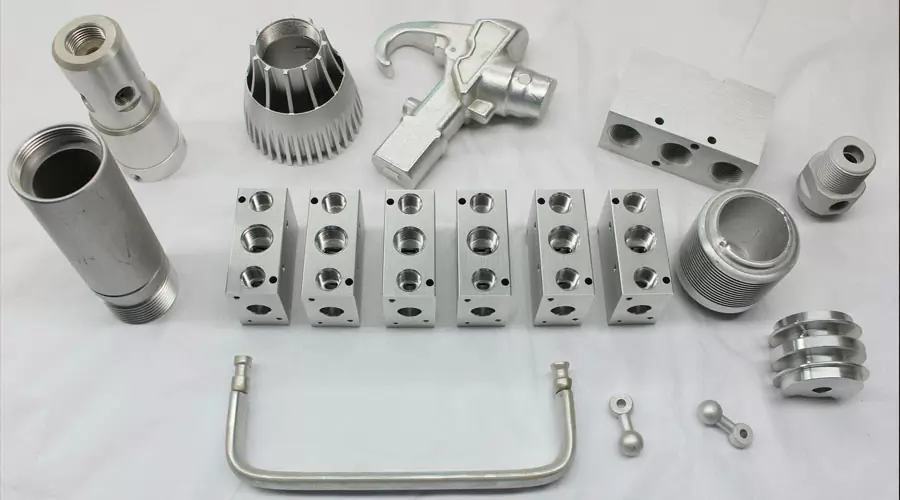
Surface Treatment process usually through adding a layer of metal or non-metal coating on the exterior of a spare parts, which can also clean the part at the same time.For metal parts, our more commonly used surface treatment methods are mechanical grinding, chemical treatment, surface heat treatment, and spraying the surface.
Effect Of Our Surface Treatment Service
| SMOOTH SURFACES | Reduce the appearance of fabricate layers and refine surfaces |
| STRENGTHEN PARTS | Reinforce prints for added strength and durability |
| ADD FUNCTIONALITY | From UV and weather resistance to conductivity and more |
| AESTHETIC FINISHING | Transform the surface appearance for visually striking parts |
Different Types of Metal Finishes – Surface Treatment Services Available at Be-cu
Do you want your projects parts to be more corrosion-resistant or get a specific look? Metal finishing service is a essential choice to achieve your design perfectly. Be-cu is an accomplished finished parts manufacturer, our workers and craftsman are capable to provide precision die casting service,investment casting and a wide range of finishing services including aluminum anodizing, painting, passivation, electroplating, powder coating, polishing, black oxide, conversion coating, abrasive blasting, etc. Materials handled include aluminum parts,stainless steel parts,copper parts,brass parts,steel parts,titanium parts,magnesium parts,zinc parts.Here are the introductions to different types of metal finishes, more details please feel free to contact us.
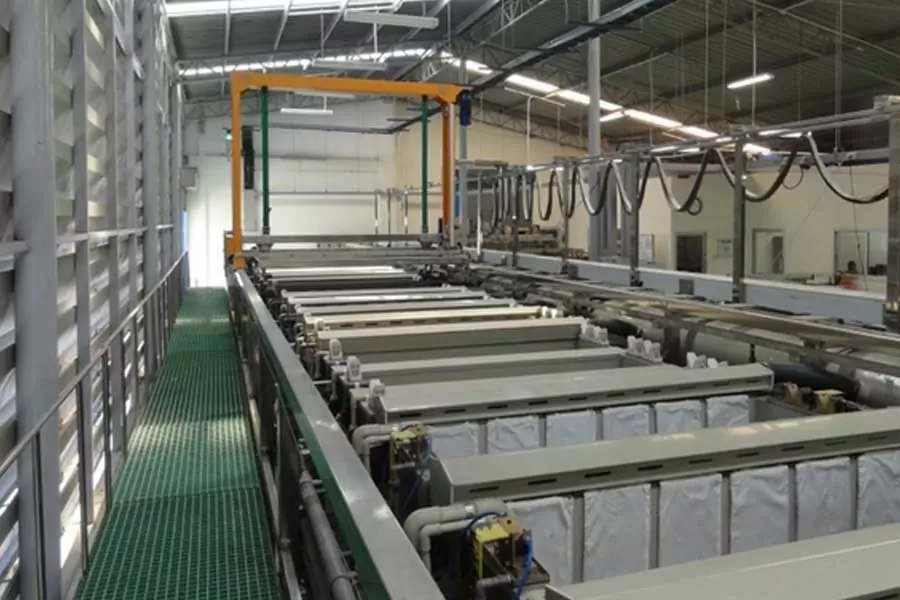
Anodizing is the electrochemical oxidation of metals or alloys. Under the corresponding electrolyte and specific process conditions, aluminum and its alloys form an oxide film on the aluminum product (anode) due to the action of the applied current. Surface treatment technology has become an indispensable part of the use of aluminum alloys.
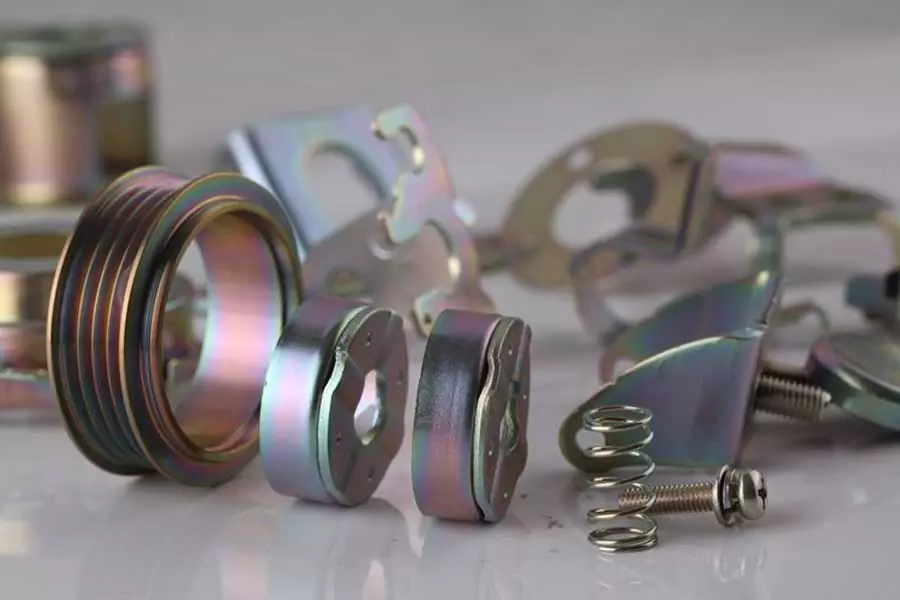
Passivation
A common chemical surface treatment method mostly for steel and stainless steel, to use a light coat of protective material to create a shell for enhancing the corrosion resistance or reducing the chemical reactivity. Passivation of stainless steel removes free ironand ferrous contaminants on metal surface with an acid solution to prevent rust.
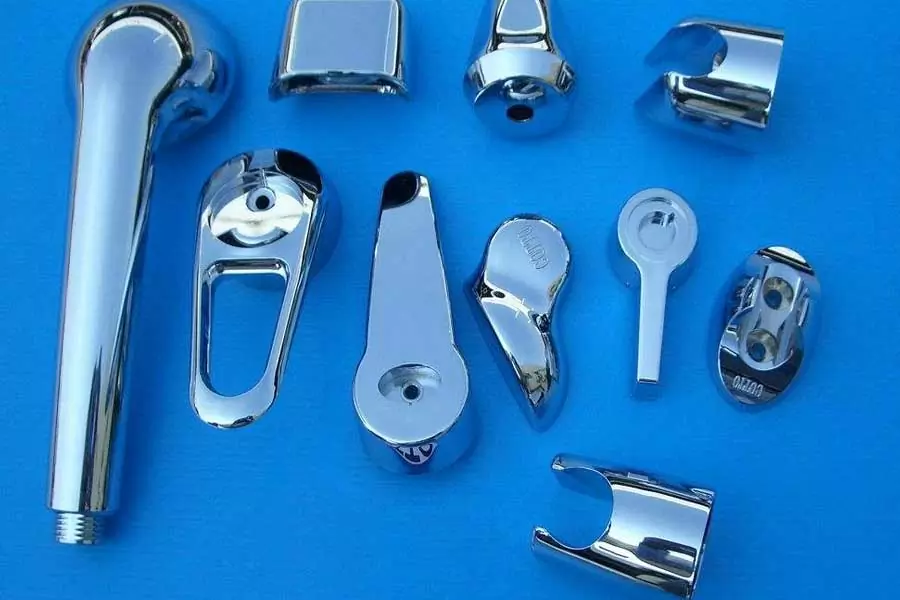
Plating (Electroplating)
The process of using an electric current to reduce dissolved metal cations so that they form a thin coherent metal coating on an electrode, to change the properties of the metal surface or build up thickness for undersized parts. Chrome plating, nickel plating and more are often applied at Be-cu.com.
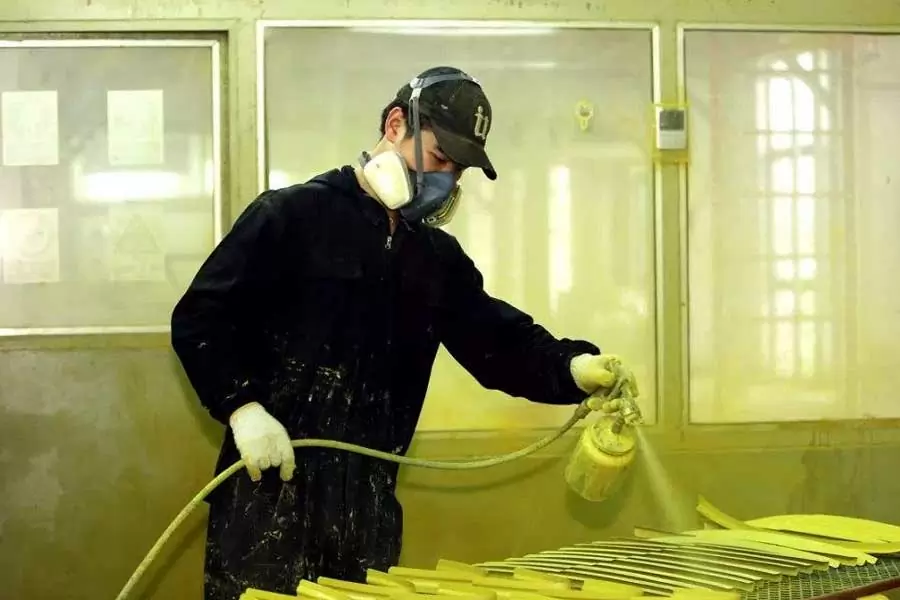
Painting
The process of spraying paint, pigment, or color to a solid surface as a colored protective layer, and can be done on metal or non-metal CNC machined components of any shapes, usually applied on aluminum, stainless steel and steel alloy parts. The purpose is to improve aesthetic appearance and prevent corrosion or oxidation.
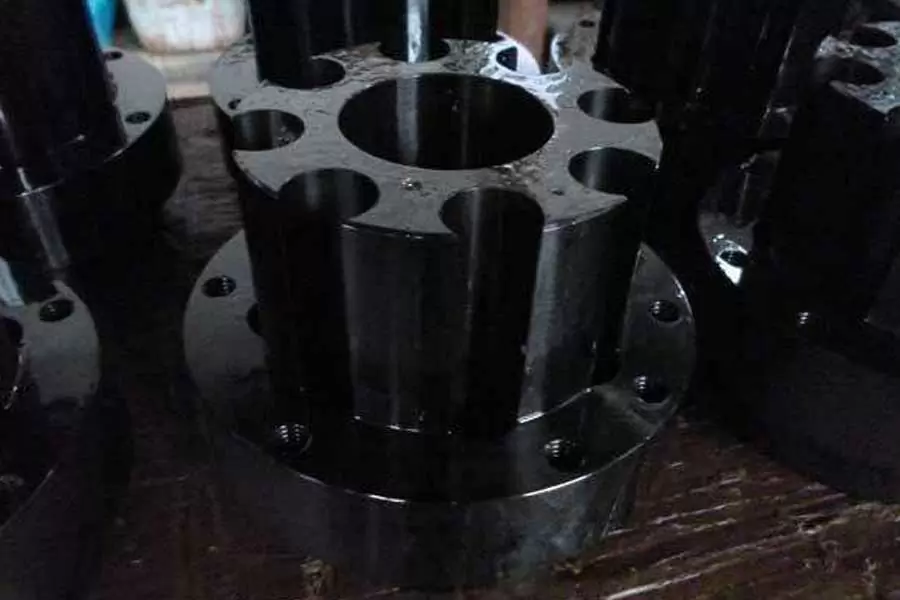
Black Oxide
The technique also known as blackening, or gun bluing, a chemical process of forming a black conversion coating on stainless steel, copper and copper based alloys, zinc, powdered metals, silver solder, and ferrous materials, the black oxide coating can improve corrosion resistance and minimize light reflection.
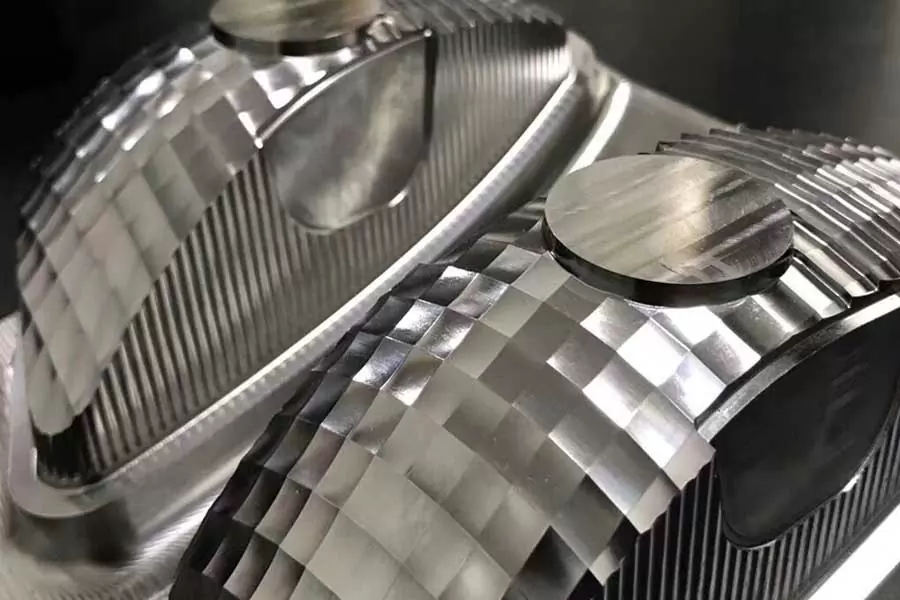
Polishing
Polishing, also known as buffing, a process of rubbing the surface of parts or utilizing a chemical action to produce a smooth and shiny surface, make the surface get significant specular reflection or reduce diffuse reflection in some materials.

Powder Coating
The process of placing a functional and decorative finish, which is applied as a free-flowing, dry powder, employs electrostatically and then cured under heat, to create a hard finish that is tougher than conventional paint. The main applications including household appliances, aluminum extrusions, drum hardware, automobile, motorcycle, and bicycle parts.

Heat Treatment
The process through utilizing heating or chilling usually under extreme temperatures to make the metal achieve a certain state or change some characteristics, heat treating techniques including annealing, tempering, hardening, precipitation strengthening, tempering, carburizing, normalizing and quenching.
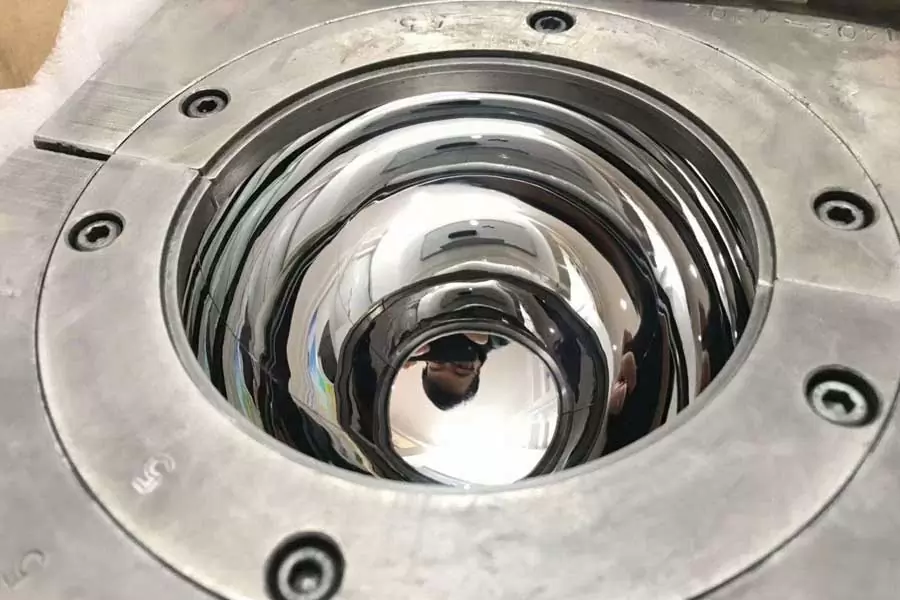
Satin Finish
Apply a luster between the dull, non-shiny finish of matt materials and the bright and shiny finish of glossy finish. The visual effect is related to the lighting of the environment, satin metal finish is reflective, flat and glossy.
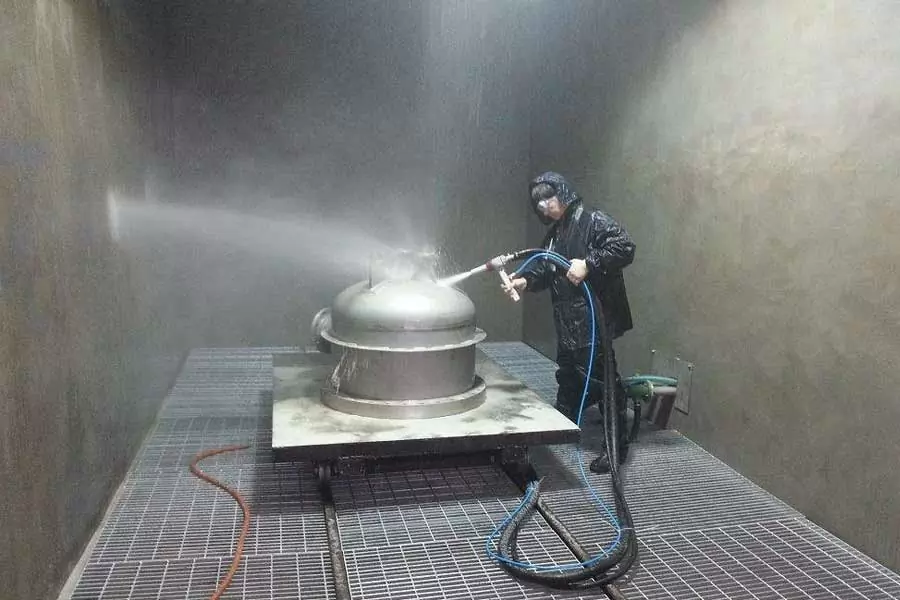
Sandblasting
The operation of propelling a stream of abrasive material composed of high-velocity sand-sizes particles against the metal surface under high pressure with blast equipment like air pressure system, to remove surface contaminants, clean metals or increase a texture, then change the smoothness or roughness of surface.

Conversion Coating
It is also known as chromate conversion, the coating are used for metals converted to a protective layer through the chemical or electrochemical processes, primarily used as a corrosion inhibitor, decorative finish, or to retain electrical conductivity.
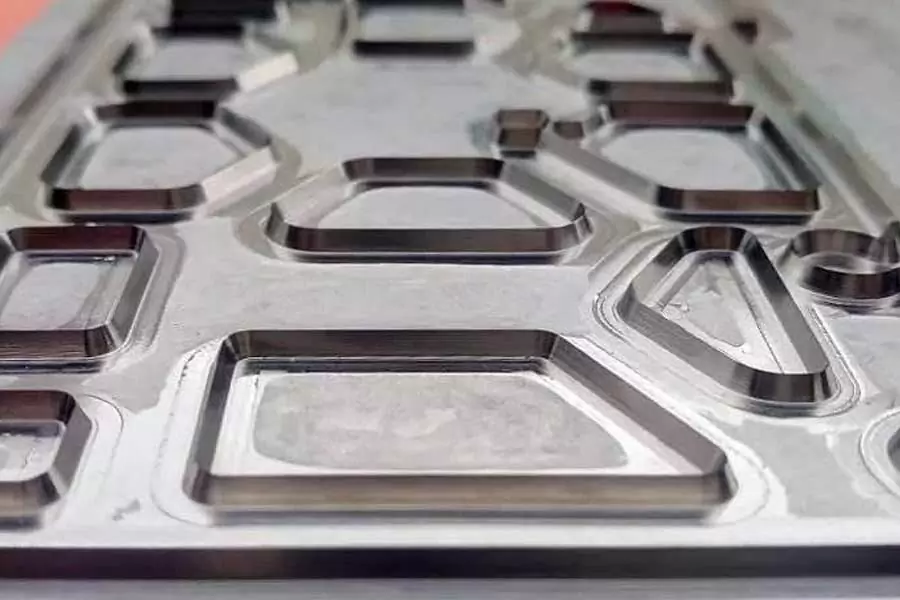
Industrial Etching
Metal Etching can be used to manufacture copper plate, zinc plate and other printing embossing plates at the earliest, and it is also widely used in the processing of Weight Reduction instrument panels, nameplates and thin workpieces that are difficult to be processed by traditional processing methods;
Choose the Best Surface Treatment Process
After browsing a list of Surface Treatment services, select a process based on essential considerations, like production time, cost-effectiveness, part tolerance, durability and applications. High-tolerance CNC milling, turning parts are not recommended to apply secondary metal surface finish, because the treatment may change the sizes of the finished part through removing or adding a small amount of materials.
-

Precision Grinding Tungsten Steel Mold Parts
-

5 Axis CNC Machining Medical Olecranon Plate
-

Special-Shaped Non-Standard Medical Device Needles
-

High-Speed Steel (HSS) Die Punching Needles
-

Precision Tungsten Copper Alloy Eccentric Insert
-

5 Axis CNC Machining Spiral Bevel Gear Mold
-
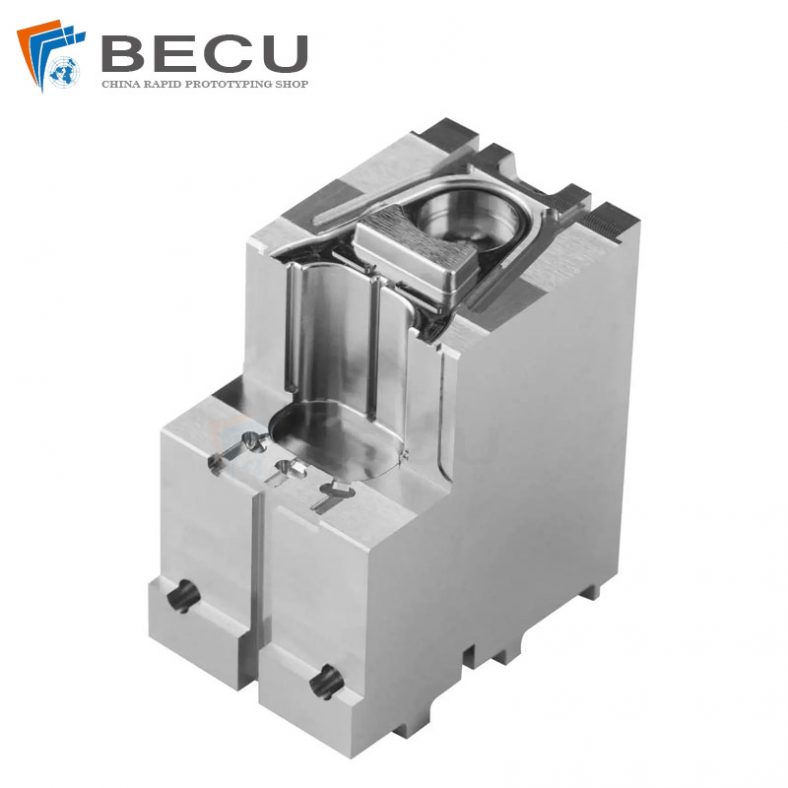
Small Precision Injection Molding Inserts
-

5 Axis Machining Aluminum-Magnesium Alloy Water Aerator Impeller
-

Large CNC Turning Inconel 625 Automobile Engine Camshafts
-
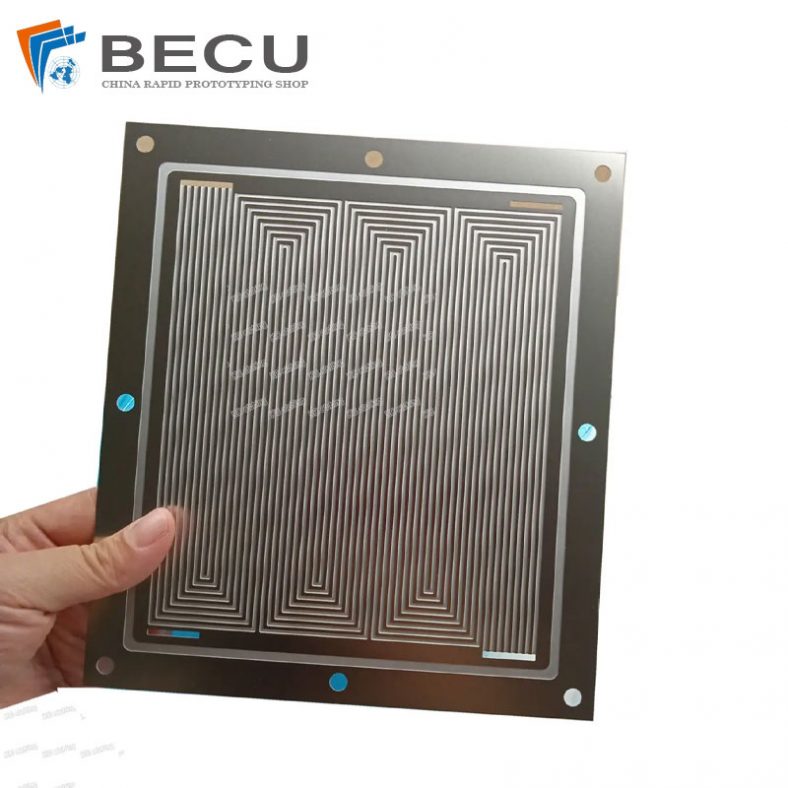
Metal Etched Hydrogen Fuel Cell Metal Bipolar Plates
Guide to Surface Treatment Methods for Manufacturers
We share information, tips, guide and things we’ve learned from our years in the Surface Treatment and manufacturing industry.
-
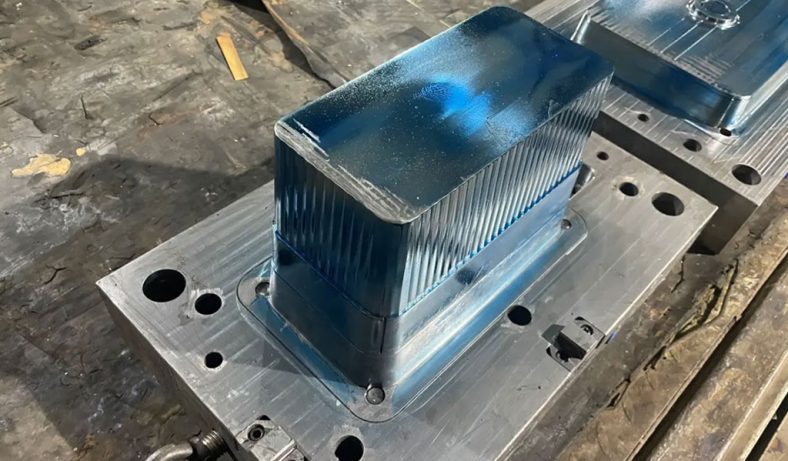
Surface Finishing for Steel Parts
-

Demystifying Surface Roughness Symbols, Grade Numbers, Indication, Terminology, and Calculation
-

The Causes of Deformation and Surface Blackening of Aluminum Alloy Parts
-

Keeping it Smooth: Optimizing Surface Roughness in Manufacturing
-
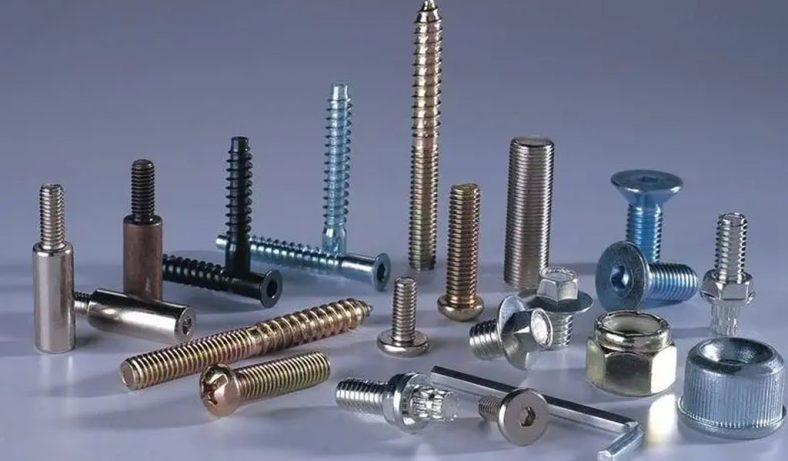
Machining, Surface Treatment, Materials and More of Screws: Precision Engineering at its Finest
Other requirements or custom designs, welcome to contact us for a free quote fast!
